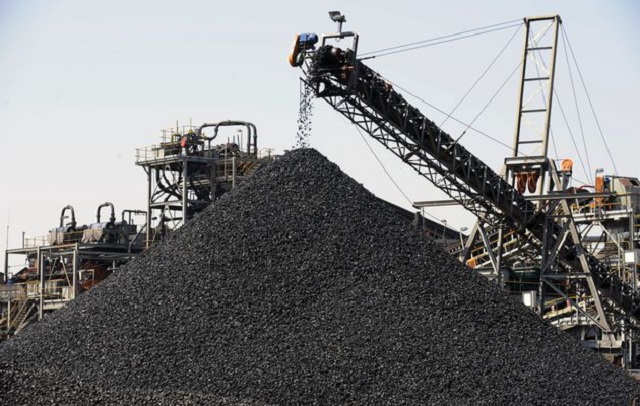Cost-push inflation raises new concerns
THE recent increase in costs of critical raw material could affect prevailing price stability, the Confederation of Zimbabwe Retailers president Denford Mutashu has warned. Cost-push inflation occurs when overall prices increase from cost of labour and raw materials.
Currently, cost of labour in Zimbabwe is not really a factor as wages have remained low, in some cases at sub-inflation levels. But raw materials and utilities have been steadily going up in recent months.
“Cost push factors have become the greatest threat to price stability the economy enjoyed since the ushering in of the foreign currency auction system. A new wave of price increases can easily be traced back to ever-rising price of fuel, utilities, local authority charges and rates. It is an unfortunate development at a time the disposable incomes have remained subdued due weakening demand,” Mr Mutashu said.
The country’s fiscal and monetary authorities have been implementing measures to ensure macro-economic stability including the introduction of the foreign currency auction system that has brought about price stability.
Fuel has gone up several times in recent weeks. Early this month, the Zimbabwe Energy Regulatory Authority (ZERA) reviewed upwards the price of fuel, with the maximum pump price for a litre of diesel rising to $111,77 from $110,41. The diesel price in US dollars remained unchanged at US$1,32. The capped price of petrol per litre was increased to $112,96 from $109,17 and US$1,34 from US$$1,30.Utility charges have also gone up significantly this year. The new rates translated to a 2 800 percent increase.
Analysts say utilities’ pricing levels tend to have a forward impact on prices and incomes. Recently, food manufacturer E-foods announced a price adjustment for its products citing increases in packaging and raw materials.
“We have a pricing update to share with you. In the recent weeks, we have seen a 36 percent increase in our bottle prices, plus a 50 percent increase in acetic acid and a 40 percent increase in tomato paste — both due to supply shortages,” the company said.
Old Mutual, in its first quarter economic report noted an 11 percent and 4 percent jump in consumer prices in Zimbabwe dollar and US dollar prices, respectively.
Average consumer prices increased by 2,26 percent in March 2021, resulting in Q1-2021 inflation of 11,53 percent. Inflation for Q4-2020 and Q3-2020 was 12,21 percent and 52,59 percent respectively.
“Year-on-year inflation ended March 2021 at 240,55 percent relative to 348,58 percent in December 2020.
The year-on-year blended inflation rate closed March 2021 at 122,33 percent, from 188,91 percent in December 2020.
“RBZ’s single-digit inflation rate for 2021 is seemingly under threat,” said Old Mutual.-herald.cl.zw











